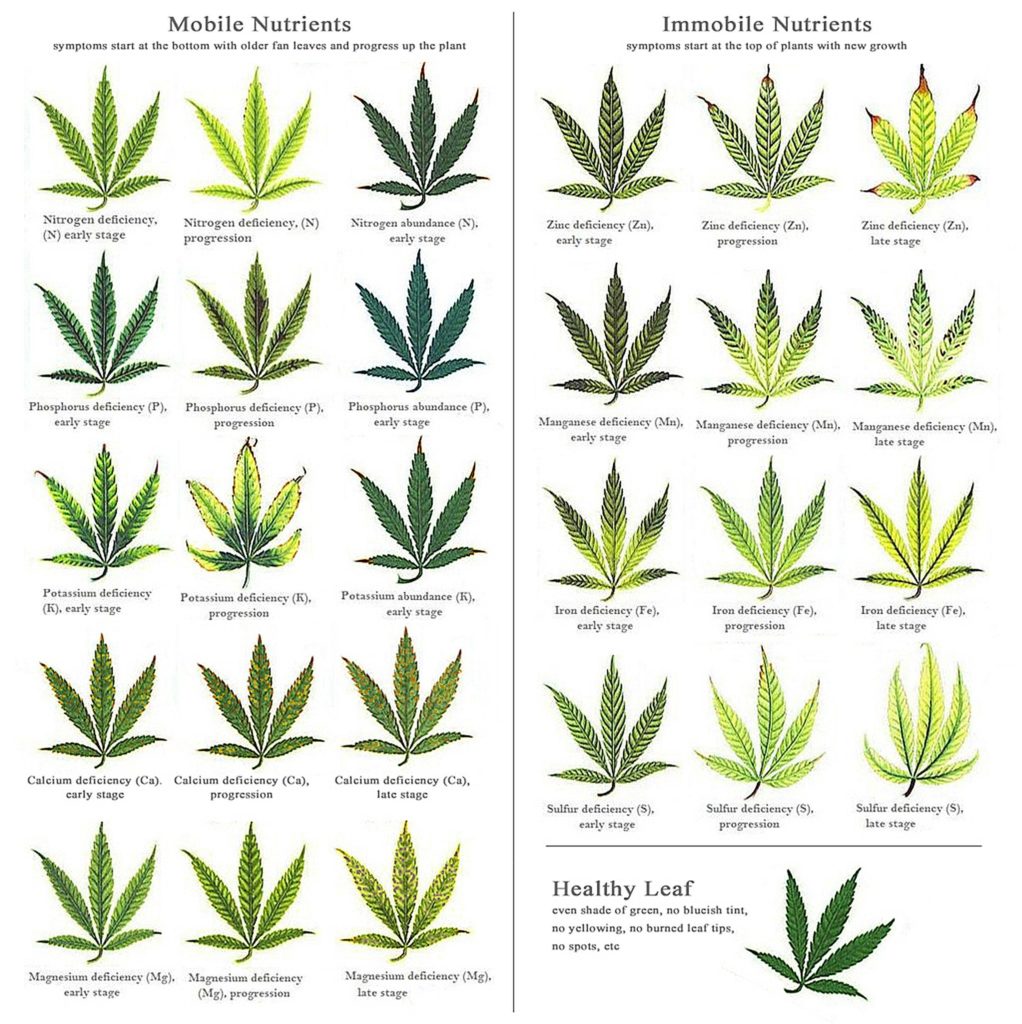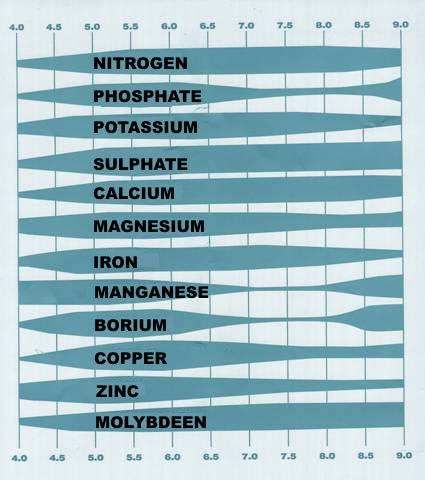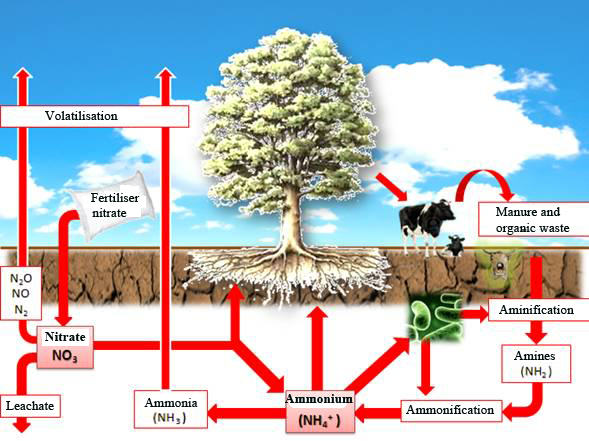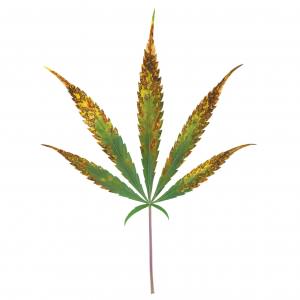Deficiencies and excesses in Cannabis
List of contents
Nutrient imbalance in marijuana plants?
In this post, we will focus on the macro and micro-nutrients necessary for the development of cannabis plants. These elements are available in the nutrients, so the chosen type of fertilizer and its correct use will lead us to a crop without deficiencies or excesses, thanks to properly planned and balanced feeding.
Different factors must be considered, so we'll try to explain them simply so that all growers can dispel any doubts they may have about the nutrition of their cannabis plants.

What is a nutrient deficiency?
Deficiencies are often - although not as a general rule - a lack or inadequate supply of some nutritional element at a precise moment of the plant's life.
To avoid deficiencies plants must be fed with a complete fertilizer, specially designed for cannabis farming. pH level must be controlled, stabilized, and adjusted depending on the type of crop, either in hydroponic or soil crops, and for both potted and in-ground plants.
What is an excess of nutrients?
Excesses of nutrients are salt accumulations in the metabolism of the plants in a particular stage of their life. To avoid excesses when growing cannabis, we will have to use constant and balanced feeding adapted to each type of culture, substrate, and genetics. Each phenotype has its own needs, and knowing them ensures the best results and avoids nutritional issues.
Alchimia presents Fade by Athena, a cannabis root flushing product. It plugs the nitroge [...]
From 24.20€
Macro-elements or Macro-nutrients
Nitrogen:
Nitrogen is the most required macro-element by marijuana plants throughout their life cycle. A nitrogen deficiency can be easily detected when we observe chlorosis between the veins of the older, lower leaves. If the deficiency isn’t treated, the plant will suffer massive defoliation and the growth will be seriously compromised.
An excess of nitrogen can be detected by the color and shape of the leaves of the plants. These become dark green and can adopt a claw-like form, curling down.

Phosphorus:
Phosphorus is necessary at all life stages of the cannabis plant. The lack of this nutrient is detected in the leafs, which become blue-green and develop brown spots, along with slow growth. The veins and stems turn purple and the leaves curl downwards developing necrotic areas.
An excess of phosphorus usually causes a nutrient lockout which, in turn, causes deficiencies of calcium, copper, iron, magnesium, and zinc.

Potassium:
Potassium develops the role of protector against diseases, actively participating in cellular development along with many other functions. With a lack of potassium, plants are more prone to getting all kinds of diseases.
The leaves turn dark green, spots appear and they end up dying. An excess of potassium in plants acts by locking out other elements, resulting in a deficiency of magnesium, manganese, zinc, and iron.

Secondary Nutrients
Magnesium:
Magnesium is a secondary nutrient essential for marijuana plants, which is used in large quantities during all phases of the plant life. Deficiencies of this nutrient are usual in soils with a pH value lower than 7.0. Magnesium is the central atom of the chlorophyll molecule, and it is also responsible for enhancing both the absorption of other nutrients and the creation of carbohydrates and sugars.
A magnesium deficiency is initially detected on the oldest, lower leaves, causing chlorosis between their veins, which turn dark green. As the deficiency advances, more and more young leaves are affected by dark spots and chlorosis. If the deficiency isn’t treated, the leaves will curve upwards and, in few days, massive defoliation will affect the plant.

Sulfur:
Sulfur is essential for the production of hormones and vitamins, it’s part of the amino acids and is directly involved in the flavor. A sulfur deficiency causes the oldest leaves to develop a lime-green, yellowish color. As the deficiency progresses, the leaves turn yellow while keeping their veins green, the petioles turn purple and the stems woody.
Most times, a deficiency of this trace element is usually preceded by a nutrient lockout caused by an excess of calcium or a pH level too high. The solution to this problem is to keep the PH between 5.5 and 6.0 by adding sulfur in ore form for quick assimilation. If a sulfur excess is produced, we should flush the roots.

Calcium:
Calcium is a very important element for cannabis plants since they need almost the same amount of macronutrients as calcium throughout their life. It's essential for the creation and growth of cells. A Calcium deficiency causes slow plant growth, weak stems, and dark green leaves. To treat this deficiency, add some nutrients rich in calcium to the nutrient solution until the deficiency disappears.
An excess of calcium affects negatively to the overall growth of the plant, locking out other elements like potassium, magnesium, manganese, and iron. In hydroponic systems, an excess of calcium combined with sulfur causes precipitation in the form of plaster, which remains at the bottom of the tank and clogs the irrigation tubes. In this case, we should change the nutrient solution and carefully check Ca levels.
The most relevant micro-nutrients
Micro-nutrients are nutritive elements that act as catalysts in the metabolic processes of plants, also in the use of other elements. For the correct use of these nutrients, they should be present in small quantities dissolved in fertilizers.
Zinc:
Deficiencies of zinc will surely appear when growing marijuana with an excessively alkaline substrate. It acts as a catalyst of various auxins, and enzymes and is also essential for the growth of the stems. A zinc deficiency is also usually caused by a PH level higher than 7.0, producing chlorosis between the veins of the youngest leaves, which grow thinner, twisted, and finally dry out. During the bloom period, the development of new buds and leaves stops until this problem is solved.
To treat zinc deficiencies we must feed the plant with micro-elements that contain zinc in a chelated form to ensure rapid absorption and recovery of the plant.

Iron:
Iron is a necessary nutritive element for plants since it’s directly related to the use of energy by sugars. It’s easy to find iron deficiencies in plants grown in alkaline soils. This deficiency tends to be present in soils with a PH level above 6.5. Early symptoms can be observed in the youngest leaves, which turn yellowish while keeping green veins. If the deficiency continues, the plant will suffer serious defoliation.
An iron deficiency can be preceded by a nutrient lockout caused by an excess of copper. Other elements like zinc or manganese can cause a null absorption of iron by the plants, which will, in turn, cause several deficiencies. To solve an iron deficiency, avoid watering with fertilizers that contain high concentrations of Mn, Zn, and Co, and also reduce the PH level of the nutrient solution to 6.0-6.5.

Other micro-nutrients:
Boron: A boron deficiency causes the borders of the leaves to dry and brown, while the shoots are twisted. In the case of over-fertilization, the leaves suffer necrosis, causing severe defoliation on the plant.
Chlorine: A deficiency of this element is rare when using tap water. The leaves take a very characteristic bronzed color. The symptoms are the same in the case of an excess of chlorine.
Copper: This element is actively involved in the metabolism of the plant and in the creation of carbohydrates, also helping in the production of sugars and proteins. In the case of a deficiency, this must be treated by watering with a mineral fertilizer rich in copper.
Excesses of copper, even slight ones, are very toxic. The first symptom is iron chlorosis along with overall slow growth of the plants.

Cobalt: It's difficult to find deficiencies or excesses of cobalt since it is not very important for the development of the plant during its life cycle. When problems of deficiencies or excesses of this element happen, nitrogen will no longer be available for the plants.
Molybdenum: Finding deficiencies of this element in cannabis crops is also difficult since plants need it in very small quantities. When there is a lack of this element, nitrogen uptake is reduced, roots stop their growth, and leaves become twisted. An excess of this element, causes plants to show deficiencies in copper and iron.
Silicon: Deficiencies of this mineral in cannabis plants are rare too. A deficiency is detectable by the deformation of new young leaves and an overall decrease in the final weight of the flowers.


















































